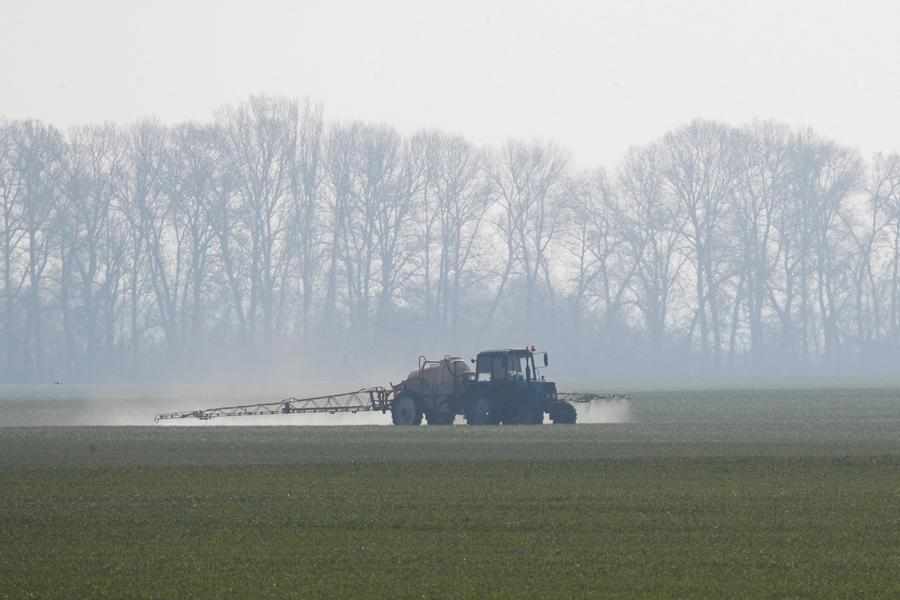Lignocellulose: how nature’s wonder material could help the energy transition
Lignocellulose: how nature’s wonder material could help the energy transition
Lignocellulose in plants is an abundant source of energy.
Agricultural and forestry waste can be readily converted into biofuels.
Using byproducts as an energy source is a key contributor to a circular economy.
This article was published in collaboration with Neste.
Each year, plants convert some 100 billion tons of carbon dioxide into biomass. That’s 5% of all the carbon dioxide emitted by humans since the Industrial Revolution.
Most of that carbon is converted into lignocellulose, the most abundant organic material on Earth – trunks, stems, leaves and other plant structures.
Lignocellulose has been around forever. Early land plants adapted to dry land by amping up their production of lignocellulose, producing thicker cell walls that supported their vertical growth.
Without lignocellulose, our tulips would flop, and tree trunks would snake along the ground like gigantic, limp noodles. Ultimately, the diversification of plants profoundly altered the atmosphere and drove the evolution of other lifeforms.
One could argue that we wouldn’t even be here were it not for lignocellulose.
This fantastic product of evolutionary engineering has long shown potential as a highly sustainable, renewable source of fuels and materials.
Neste, the world’s leading producer of renewable diesel and sustainable aviation fuel, estimates (based on analysis






















